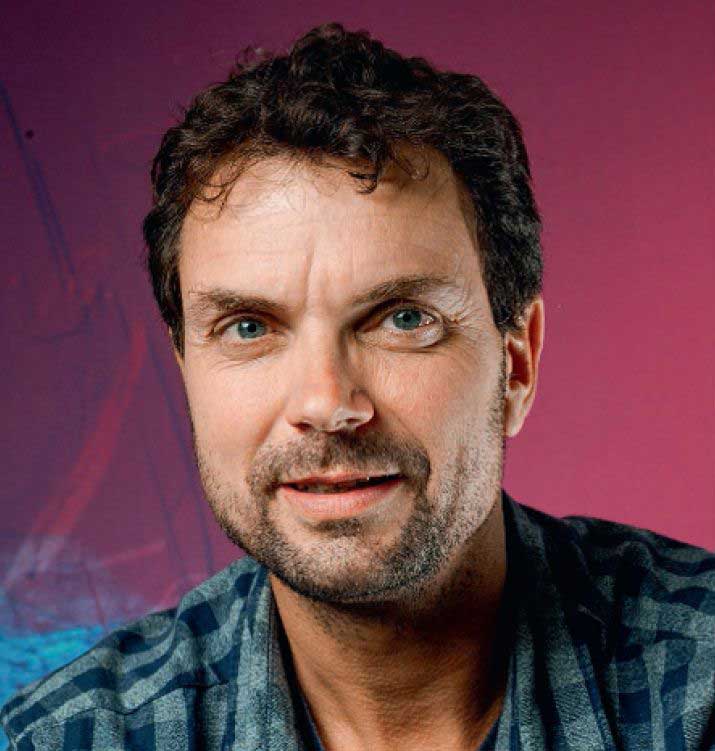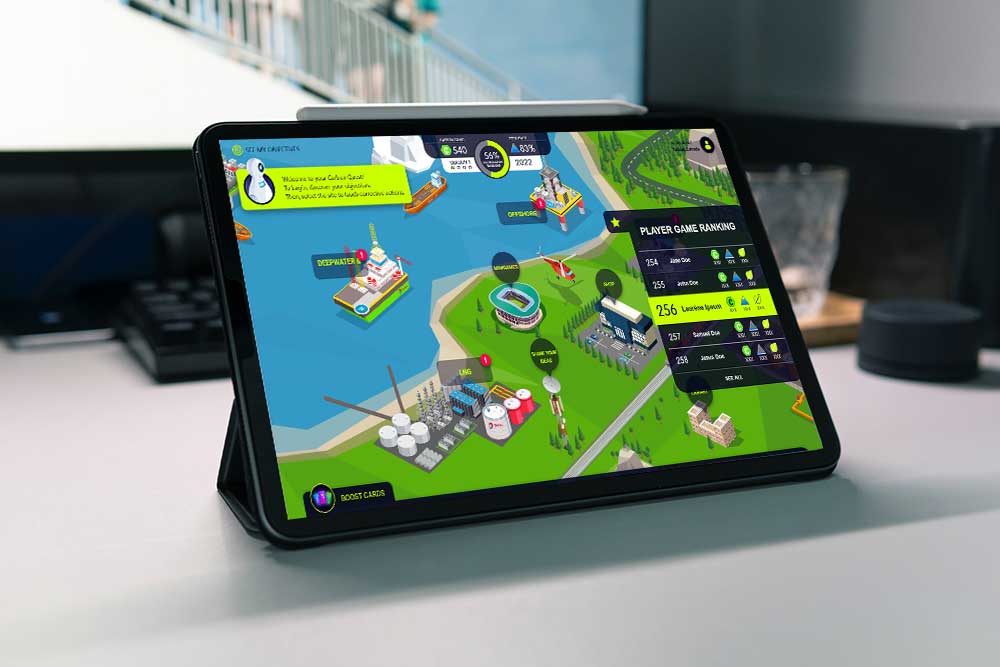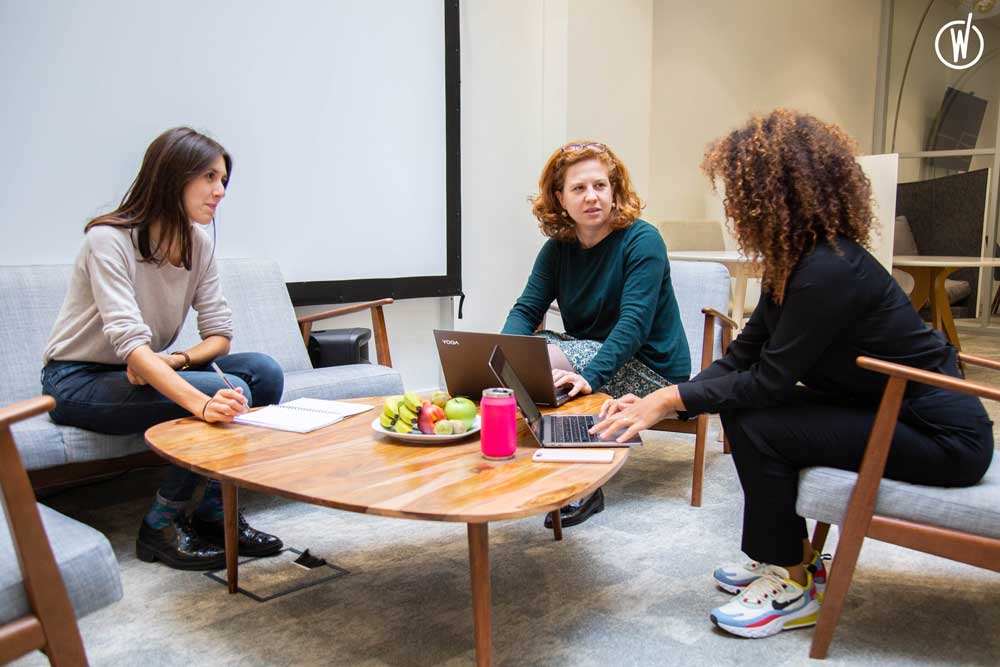There is a lot of talk about attention because of its importance to peoples’ lives,but how do you define attention?
Attention is the mechanism that allows us to remedy the limited processing capacity of the human brain. In effect, we cannot apprehend every stimulus that our senses relay to us, and the same goes for our thoughts; so our brain starts being selective, in order to decide, at any given moment, what information should be prioritized for the organism.
This selection is made according to many criteria, which is why we sometimes have a problem controlling our attention. But at its core, it is a selection: attention is really narrowing our focus on certain elements which are deemed to be the most important at a given moment.
What do you believe are the current issues regarding attention? And do you think, like a certain number of philosophers, sociologists, or people active in technologies, that there is a real risk for attention linked to the use of technologies?
As a matter of fact, my attention has just been caught by a little message telling me that I have only twenty percent of my battery left. Useful information or not? Maybe, especially since I was at 44% two minutes ago; so, I may need to take a small break to recharge my phone.
The important question is the control of our own attention. Attention is what determines our mental life at any given moment. We must therefore ask ourselves the following questions: What is currently on my mind? Is my attention and what my attention is focused on decided by myself, or is it influenced by external factors? Obviously, it’s always a balance between the two.
It’s always a balance between two controls, and I can’t ever feel like I have perfect control of my attention. And this is exactly what happened just now. An alert caught my attention, so it was somehow manipulated by an external factor; it’s always a game of manipulation between what I decide myself and what is decided by these factors.
We do not have total control over our attention because any external event can potentially capture it. There are in our attentional system what I call loopholes – that is to say ways to manipulate it, because everything that is salient will tend to attract attention, because everything that resonates with our interests of the moment, social belonging, etc., will attract our attention.
So attention can be influenced by the environment, but not necessarily in the direction of greater freedom and not necessarily for our long-term fulfillment. And since we can’t sell something to someone if we don’t have their attention – the person has to pay attention to the product to trigger a desire to buy – capturing attention has really become an economic issue.
Today’s technological means allow us to be much more efficient in capturing an individual’s attention, and that’s what we need to watch out for at the moment. So there is a real danger, and I think that it is urgent to explain to people how their attention works, what are the flaws, and how to eventually regain control.
You are very active in initiatives aimed at developing attention, particularly in schools with children; can you tell us a little more about them? And in particular, how do they help better control one’s attention?
Indeed, what I try to do throughout France is to use the knowledge – the body of knowledge of cognitive neuroscience, cognitive psychology in fact – to encapsulate this in a simple form so we can explain to children, in a few rather quick sessions, how their attention works.
The idea is that they should become aware, take a step back, and see attention in motion and the forces that are exerted on it. They should not approach any activity without knowing what attention is, or even with the naive idea that they decide what they think and what they pay attention to. It is precisely so that they are able to observe these mechanisms of attention capture all around them.
It’s not a rebellion against GAFA, it’s more than that, it’s about taking back control of your mental life in general. It’s not about dismissing everything that new technologies bring us by saying “it’s not good, it’s not useful, we have to go back to the stone age”; it’s more about saying that there is a nice piece of cheese, but that sometimes the cheese is bait for a mouse trap, and that there is a way to learn how to take the cheese without getting caught.
All these technological developments have brought us a lot of wonderful things, and it’s good to know how to use them without necessarily getting sucked in and losing control.
Jean-Philippe, is it for this reason that you have used other means than technologies to approach this issue with children? I had read for example your comic book called “Petite bulle de l’attention” (Bubbles of Attention) which was very nice. I seem to remember that you work with children in person?
Yes, in fact there are several reasons for that and it’s not just a personal choice.
First and foremost, it’s because it’s aimed at the greatest number of people, and I find myself in places where people don’t always have access to the technologies that would be necessary to develop this education of attention. So I like to do things the old fashioned way, with pen and paper. Because it’s practical and with two pieces of paper towel you can teach the basics about attention.
That being said, you mustn’t be bullheaded, you mustn’t be narrow-minded: in terms of replication, in terms of spreading your ideas to the greatest number, the change of scale is sometimes complicated, especially when you base yourself only on face-to-face meetings. So it can be interesting, when necessary, to fall back on digital technology, which allows for what we call replication without loss of quality – which allows for the dissemination of certain simple ideas to the greatest number of people in a fairly faithful manner. You have to be versatile, this is not about “going back to the old ways”.
In addition to these pedagogical initiatives to explain attention, you also work on attentional capacities, notably concentration, this capacity to mobilize one’s attention on particular tasks or information. How do you do it?
As a matter of fact, ATOLE is built in two parts: a first part on metacognition, that is to say, I understand how I function, we touched on that just now; and the second part which is much more about tools. But ultimately, common sense remains your best tool. For example, you can’t ask a child to pay attention without telling them what they should pay attention to. If we haven’t thought about what we have to pay attention to, what I have to pay attention to when I approach an activity, what the most useful target is, where the really important information is, what kind of sensations I have to develop; if we haven’t done this work of reflection on the targets, obviously we won’t get very far.
If we haven’t explained what it means to simply concentrate, a child doesn’t necessarily know what it means to concentrate, what they have to do in concrete terms. So this aspect makes up the second part of the program, in order to develop a form of resilience to distraction.
This distraction, this capture of attention is not necessarily ill-intended. It is also something that is very present in the business world with the phenomena of infobesity; we sometimes feel crushed by the mass of information we have to deal with. What leads, what techniques do you think can be implemented to better sort out and choose the subjects on which we focus our attention?
For infobesity, I like to use the image of food because it works in the same way, it is about stimulation of the reward circuit. Everything at our fingertips online is like a huge buffet, there is pizza, sushi, everything… And spontaneously, we will try to taste everything, to eat everything and not to miss out on anything, simply because it’s there, within reach, and we want it all. This is just how humans work, especially when everything is free. And I would like to develop, especially in young people, the motivation to be picky about what we treat ourselves to. Tonight, I want to try sushi, and so much for pizza.
It means going back to the primary status of the intention, having a clear intention, what am I trying to do in the end? What is important to me? But even in the next few minutes, it will give rise to small bubbles of concentration. We move forward with a single, clear purpose, right now and for the next five minutes, what is really important for me is this.
The intention will help to sort out what is important and what is not, it will help to concentrate, and in five minutes we can do a lot of things: we can read two pages of a book, we can read a certain number of e-mails, etc. And just the fact of knowing that, and then doing each of these things in succession, even with small breaks, is already an improvement.
There is always this status of intention, taking a step back; here, I have just watched four episodes of a Netflix series, I’ll stop, take a step back: what is my intention? Why do I want to watch a fifth one? Is this really what’s most important to me?
So this reflection, this stepping back, where do I want to be in 10 minutes, is one of the crutches that will help us.
We have just talked about how we can better control our attention, better filter the information swirling all around us, and I wanted to talk to you about the ecology of attention. How can each of us contribute to this?
There are a lot of little things we can do: once we have understood what attracts attention and what destabilizes attention in ourselves, we understand it in others.
For example, you don’t necessarily show up in an office and address someone directly or throw messages around, there is a certain hygiene of attention, you respect the attention of the other person. Right now, I need your attention, is this the right time? I need so many minutes of your attention, are you available now, or in three minutes?
It’s straightforward, but it’s still very difficult to go from one task to another, it always takes time and we know that interruptions cost time because we have to remember everything we did before, and so when we dive back in, it takes more time.
When the other person is fully engaged in their activity, completely dedicated to it, and you have to interrupt them, just giving them a few minutes to jot down what they would have done if they had had five more minutes, can change everything. I need your attention, I know I’m interrupting you so take the time to write down what you would have done right away. That alone will make it much easier for the person to get back to the task at hand, because all they have to do is reread what they wrote down.
It’s things like that, it’s not demanding the other person’s attention right away, as if what you’re proposing is much more important than what they’re doing at the time. And this is really at the level of the company’s organization; which means it is up to the managers themselves to have this respect for the attention of their employees.
For example, we have to be aware of the fact that there are certain types of tasks that can only be done in a quiet environment. So if some employees are scheduled to work from home during the week, we can try giving them their next tasks sufficiently in advance so that they can organize themselves to do this work that requires a lot of concentration in the right environment. It’s a lot of little things; but mainly, it’s just respect for attention.
In our “Attention!” survey, we tried to highlight our common attentional topics and the way they interact, so we were able to represent our own attentional systems in order to take back control of them. What’s your opinion on this work?
Off the top of my head, it makes me think of what we call joint attention; it is indeed always easier to pay attention to a subject that is important for the group you are in. It’s silly, but that’s how it works. Say you’re on the bus, everyone turns their head to look out the window, it makes you look out the window. That’s because if it’s important to everyone else, chances are it’s important to me.
So joint attention, it’s interesting to know what’s on a group’s mind at any given time, because each individual will tend to conform to it and that predicts attentional patterns.
The other thing is that if you know what’s on my mind at any given time, the things that I tend to think about, and if you present me with something that talks about that, it tends to get my attention more.
Knowing what’s on a group of people’s minds, again, allows you to know how to talk to them to get their attention.
The 9 topics of attention are the 9 issues on which the French are currently focusing their attention.
To act on our attentions and progress towards new learning, creation, and collaboration capacities, we need to measure these attentions, to mix them, to visualize them, and to discuss them. After a first stage of free expression which allowed us to build 5 thematic questionnaires, more than 2,300 people answered them. It is thus from more than 5,000 answers that we have been able to build unprecedented maps of French people’s attentions, and these are full of surprises and lessons…















